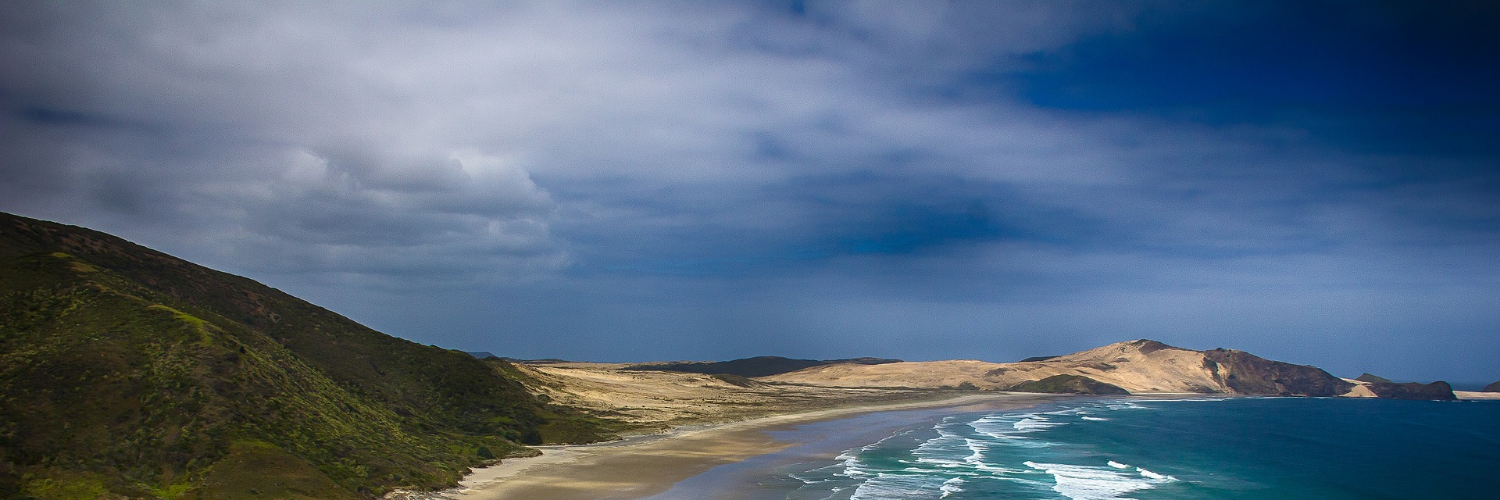Esplanade reserves, esplanade strips and access strips
These are different legal mechanisms involving access, but there may be restrictions on their use. Check with the relevant territorial authority.
- Esplanade reserves are strips of land adjoining a water margin. They are usually created when land is subdivided and are generally 20 metres wide.
- Esplanade strips are a form of an easement over water margin land. They may be created when land is subdivided as an alternative to esplanade reserves and are generally 20 metres wide. Esplanade strips remain in a landholder’s title and move with the water margin.
- Councils may also acquire access strips by a negotiated agreement with a landholder. The cost of reaching such an agreement is a constraint on councils pursuing this option. Some councils prioritise their access needs and, in these cases, may pay compensation.

